El Camino Inca a Machu Picchu es una de las rutas de trekking más emblemáticas de América del Sur. Cada año, miles de viajeros llegan a Perú no solo para descubrir la mística ciudadela inca, sino también para disfrutar de los sitios arqueológicos que adornan el recorrido y los paisajes impresionantes de montañas y valles que lo rodean. Es una experiencia que combina historia, naturaleza y aventura.
Si estás planeando emprender este viaje, hay algunos detalles que querrás tener en cuenta. En este artículo, encontrarás una guía práctica para preparar tu caminata: desde el nivel de dificultad hasta la mejor época del año para disfrutar al máximo de esta experiencia.
¿Qué es el Camino Inca?
Esta legendaria excursión a la Ciudad Perdida de los Incas no necesita presentación. El Camino Inca está considerado una de las mejores rutas de trekking del mundo según National Geographic, ya que sirve de peregrinaje a una ciudad sagrada y puede transformar la perspectiva de la vida.
Pocos lugares en el mundo son tan inspiradores y únicos como el Kilimanjaro Trek, los Apalaches Trek o el Tour du Mont Blanc. La caminata por el Camino Inca posee una característica adicional que la distingue como una de las caminatas más notables: conduce a un destino mundialmente conocido, la Ciudadela Sagrada de Machu Picchu.
El Camino Inca clásico a Machu Picchu representa una pequeña sección de una vasta red de caminos incas, llamados Qapac Ñam, que conectaban la región del Tawantinsuyo. Tiene una longitud total de 26 millas (42 kilómetros) y fue redescubierto en 1915 por el explorador estadounidense Hiram Bingham.
Recordemos que el vasto territorio inca, llamado Tawantinsuyo, abarcaba el actual Perú, el sur de Colombia y Ecuador, el oeste de Bolivia y el norte de Argentina y Chile. El Qapac Ñam era una extensa red de senderos que conectaba toda la región del Tawantinsuyu, a menudo comparada con el sistema de caminos peatonales del Imperio Romano. ¡Increíble!
¿Por qué es tan famoso?
Hay muchas razones detrás del éxito de esta caminata, pero la principal es que termina en Machu Picchu. Entre otros factores aquí te dejamos otras razones por lo que está caminata es una parada obligtoria para quienes desean recorrerla:
- El Camino Inca es conocido por ser una de las rutas de senderismo más importantes del mundo. Fue construido por los incas hace más de 500 años lo cual le aporta ese factor histórico que pocos lugares ofrecen.
- El camino atraviesa paisajes impresionantes, como montañas, bosques y sitios arqueológicos incas que solo se pueden ver durante la caminata.
- Es una ruta desafiante, con subidas empinadas y altitudes altas, pero terminarla es una gran satisfacción para quienes la recorren. Esta también es una de las principales razones por la que muchos se animan a recorrerlo.
- Y lo mejor (o lo peor, según cómo lo veas): no todos pueden hacerlo. Solo se permite la entrada a 500 personas al día, lo que lo convierte en una experiencia súper exclusiva.
Breve historia del Camino Inca
Los incas tuvieron el imperio más grande de Sudamérica, conocido como Tawantinsuyo, que significa "las cuatro regiones del sol". Esta civilización nació en la sierra peruana a inicios del siglo XIII y se mantuvo hasta la llegada de los españoles en 1532. En su apogeo, el Tawantinsuyo abarcaba territorios que hoy forman parte de Colombia, Ecuador, Perú, Bolivia, Chile y Argentina. Para unir este vasto territorio, los incas crearon una impresionante red de caminos llamada Qhapaq Ñan, o Camino del Inca.
Cusco, la capital del imperio, era el corazón de esta red, desde donde partían senderos hacia los cuatro puntos cardinales. Estos caminos eran esenciales para el comercio, la comunicación, el transporte de alimentos y el movimiento del ejército. En total, el Camino Inca tenía alrededor de 40,000 kilómetros (25,000 millas) y, por su importancia histórica, ha sido reconocido como Patrimonio de la Humanidad por la UNESCO.
El Camino Inca Clásico que lleva a Machu Picchu es solo una pequeña parte de esta vasta red. Con 42 kilómetros (26 millas) de longitud, fue redescubierto en 1915 por el explorador estadounidense Hiram Bingham, y hoy en día es una de las rutas de senderismo más famosas del mundo.
Opciones de trekking
La opción más conocida es el Camino Inca Clásico de 4 días, que es una caminata larga y desafiante, pero también existe una versión más corta conocida como el Camino Inca Corto.
- El Camino Inca Clásico tiene 42 kilómetros (26 millas) de longitud y toma cuatro días completarlo. Comienza en el Km 82, en el Valle Sagrado, y termina en Machu Picchu. Durante el recorrido, pasarás por paisajes increíbles, como bosques de altura, valles montañosos y selvas. También cruzarás varios pasos de montaña, alcanzando una altitud máxima de 4,215 metros (13,829 pies).
- El Camino Inca Corto, en cambio, tiene solo 16 kilómetros (10 millas) y se puede hacer en un día. Comienza en el Km 104 y también termina en Machu Picchu. Aunque no ofrece la misma variedad de paisajes que el recorrido clásico, atraviesa hermosos bosques nubosos que valen la pena.
En este artículo, nos enfocaremos únicamente en el CAMINO INCA CLÁSICO DE 4 DÍAS.
Camino Inca disponibilidad 2026
El Camino Inca no es un camino libre. Al formar parte del parque arqueológico de Machu Picchu, cuenta con un plan de conservación y aforo de visitantes para evitar su rápida erosión. De esta forma, el gobierno peruano, a través de su ministerio de cultura, gestiona y controla el acceso al camino.
En este sentido, nadie puede recorrer el Camino Inca por su cuenta. Todos los visitantes deben contratar a una agencia de viajes autorizada (por el gobierno peruano) para obtener su entrada al Camino Inca, guía turístico, porteadores, tiendas de campaña y demás logística.
Nuestra recomendación es conseguir los permisos con mucha antelación. Cada día solo hay 500 permisos disponibles, entre porteadores, cocineros, guías turísticos y viajeros.
La temporada del Camino Inca 2026 ya está abierta para reservas, ¡y las plazas se están agotando rápidamente! Si planeas recorrer la ruta clásica a Machu Picchu, te recomendamos reservar tu permiso lo antes posible, ya que las plazas son limitadas cada día. Para que el proceso de reserva sea más sencillo, asegúrate de tener a mano los datos de tu pasaporte, ya que son necesarios para confirmar tu entrada. Y no olvides que los permisos no son transferibles, así que revisa bien las fechas de tu viaje antes de reservar.
Toma nota
›› Si estas listo para la aventura, echale un vistazo al Camino Inca disponibilidad 2026 y ¡compra tus entradas ya!
Retos del Camino Inca
Distancia y altitud
El Camino Inca tiene una longitud de aproximadamente 42 kilómetros (26 millas) y va desde el Valle Sagrado (km 82), atravesando las montañas de los Andes, hasta llegar a la ciudad perdida de Machu Picchu.
El desnivel total a lo largo del camino es de unos 914 metros (3,000 pies). El punto más alto se encuentra en el Paso de la Mujer Muerta, a 4,215 metros (13,828 pies) sobre el nivel del mar. La mayor parte del ascenso se concentra en los primeros días: unos 305 metros (1,000 pies) el Día 1 y 244 metros (800 pies) el Día 2. Después de esto, el camino se vuelve más uniforme, aunque aún tiene algunas subidas y bajadas.
Dificultad
Recorrer el Camino Inca puede ser todo un reto por su longitud y la altura, pero las recompensas hacen que valga la pena. En general, es moderado a desafiante, con subidas empinadas y bajadas verticales especialmente los primeros días. Despúes, se vuelve más relajado a medida que vas bajando de altitud. Los paisajes son espectaculares y terminar la caminata te deja con una gran sensación de logro.
Mejor época para ir
El Camino Inca se encuentra en el Bosque Nublado, una zona montañosa cálida y húmeda que forma una barrera entre los fríos Andes y el denso Amazonas, al sur de Perú. No hay que olvidar que el país tiene dos estaciones, húmeda y seca. La estación húmeda o lluviosa dura de noviembre a abril, con temperaturas diurnas medias de 18 °C (64 °F) y nocturnas en torno a los 9 °C (48 °F). Recorrer el Camino Inca durante esta estación significa tener menos gente en el camino, menos aglomeraciones, más exclusividad para usted, pero con abundantes lluvias, cielos grises y nublados y senderos embarrados y resbaladizos.
La estación invernal o seca se extiende de mayo a octubre. Durante esta época, la temperatura media diurna es de 16 °C (61 °F), mientras que las temperaturas nocturnas pueden descender a veces por debajo de 0 °C (32 °F). Sin embargo, los días son claros, con sol radiante y senderos secos. Pero el número de excursionistas aumentará.
Si busca una respuesta rápida, la mejor época para recorrer el Camino Inca es durante las temporadas medias, que son de abril a mayo y de septiembre a noviembre. Estos meses ofrecen el mejor tiempo y menos aglomeraciones en el camino. Sin embargo, el tiempo en los Andes es impredecible. Puede estar disfrutando del sol y, en cuestión de minutos, convertirse en lluvia.
Temporada de lluvias (noviembre a abril)
Noviembre | Temperatura: 21ºC día / 7ºC noche. La temperatura es más cálida, especialmente por la noche, con una variación significativa comparando meses como junio o julio. Pros: Menos visitantes y vistas increíbles de las montañas. Contras: Lluvias frecuentes, senderos y campamentos con bastante humedad. |
Diciembre | Temperatura: 22°C día / 6°C noche Pros: Paisajes verdes y vistas espectaculares. Contras: Senderos y campamentos húmedos, riesgo de deslizamientos de tierra por lluvias fuertes. |
Enero | Temperatura: 19°C día / 7°C noche Pros: Lluvias cortas seguidas de sol, temporada de orquídeas, arcoíris y paisajes con neblina. Contras: los deslizamientos de tierra pueden afectar el sendero, los retrasos en los trenes y los vuelos. |
Febrero | Cerrado por mantenimiento y por la temporada de lluvias. Opciones alternativas: Lares Trek, Quarry Trek y Huchuy Qosqo Trek. Evitar Salkantay Trek por alto riesgo de deslizamientos. |
Marzo | Temperatura: 17°C día / 6° C noche. Pros: Campings renovados y Semana Santa con celebraciones en Cusco y Perú. Contras: Aún hay riesgo de deslizamientos, campamentos y senderos húmedos. |
Abril | Temperatura: 19°C día / 5 °C noche Pros: Días cálidos, noches despejadas y temperaturas agradables. Contras: Semana Santa puede atraer más gente y subir precios; recomendamos reservar con anticipación. |
Temporada seca (mayo a octubre)
Mayo | Temperatura: 19°C día / 3°C noche Pros: Días soleados y noches despejadas, perfectas para disfrutar las vistas. Contras: Filas largas para el bus a Machu Picchu y tienes que reservar hoteles y tours con mucha anticipación. Las noches son bastante frías. |
Junio | Temperatura: 19°C día / 1°C noche Pros: Días soleados con cielos despejados, ideales para disfrutar de las vistas. Contras: Multitudes al máximo permitido, filas largas en los buses y sitios arqueológicos. Lleva bloqueador para el día y ropa abrigada para las noches. |
Julio | Tempreatura: 19°C día / 0°C noche Pros: Días despejados con vistas increíbles mientras caminas. Contras: Los sitios están llenos y necesitas reservar tours y hoteles con tiempo. |
Agosto | Temperatura: 20°C día / 3°C noche Pros: Días soleados y noches claras, aunque puede caer una lluvia inesperada en cualquier momento. Agosto ofrece magníficas vistas durante la caminata. Contras: Aún hay bastante gente y los hoteles y tours siguen muy demandados, así que reserva con tiempo. |
Septiembre | Temperatura: 21°C día / 5°C noche Pros: Menos gente en el Camino Inca y Machu Picchu, y es el último mes del año para caminar antes de que lleguen las lluvias fuertes. Contras: Las lluvias pueden sorprenderte, así que lleva equipo impermeable. |
Octubre | Temperatura: 21°C día / 5°C noche Pros: Muy poca lluvia y cielos despejados durante el día. Las noches empiezan a ser más cálidas. Contras: Aun así, puede llover, especialmente por la noche, así que ve preparado con ropa impermeable. |
Temperatura en el Camino Inca durante el año
Prepárate para el Camino Inca
Prepararse para el Camino Inca puede ser un reto, pero con estos consejos estarás listo para disfrutar al máximo de esta increíble experiencia:
- Una vez que reserves tu tour, empieza a entrenar y a salir de caminata regularmente.
- Aumenta poco a poco tu nivel de actividad física.
- Caminar o correr unos 30 minutos, entre tres y cinco veces por semana, hará una gran diferencia.
- Fortalecer las piernas es clave. Si no estás acostumbrado a terrenos montañosos, puede costarte más trabajo.
- Practica sentadillas, estocadas o haz caminatas en colinas o montañas para llegar mejor preparado.
Aclimatización
Antes de ir de excursión a Machu Picchu, tómese su tiempo para aclimatarse a la elevada altitud de Cuzco. El sendero alcanza los 4.000 metros (13.000 pies). La aclimatación progresiva es la clave para prevenir el mal de altura. Empiece caminando durante 40 minutos cerca de su casa, aprovechando los circuitos en parques y en zonas elevadas. Haga este ejercicio al menos ocho veces antes de venir a Perú.
Una vez en Cuzco, para prevenir el mal de altura, evite comer picante, carne o pescado durante los primeros días, evite el esfuerzo físico extremo y beba siempre mate de coca y muña. Siguiendo estos pasos durante los dos primeros días en Cuzco, estará totalmente aclimatado al tercer día.
¿Qué necesitas llevar?
- Pasaporte original
- Carnet de estudiante válido (si aplica)
- Botas de trekking cómodas
- Mochila resistente
- Camel bag o botella de agua reutilizable
- Bastones de trekking
- Saco de dormir
- Linterna frontal
Para saber más, consulta nuestra guía completa sobre qué llevar al Camino Inca. Así estarás listo para disfrutar esta increíble aventura. ¡A caminar!
Recorriendo el Camino Inca a Machu Picchu
El Camino Inca Clásico de 4 días a Machu Picchu es la ruta más popular, por lo que es importante reservar la excursión con suficiente antelación. El viaje comienza con una recogida en Cuzco o en el Valle Sagrado, seguida de un trayecto en coche hasta el kilómetro 82 en el pueblo de Piskacucho, donde se encuentra el principal punto de control del Camino Inca.
El Camino Inca sólo puede recorrerse con un operador turístico autorizado como TreXperience. No está permitido caminar en solitario; debe ir acompañado de un guía, un cocinero y porteadores durante toda la ruta.
Día 1: Cusco - Km 82 - Llactapata - Ayapata
La agencia de viajes lo recogerá de su hotel en Cusco y luego viajará en auto hasta el Km 82 para comenzar su caminata por el Camino Inca a Machu Picchu. El primer campamento será Ayapata a 3,300 m (10,826 pies), donde dormirá en cómodas carpas.
- Duración: 6 Horas
- Distancia de caminata: 14 km / 8,7 mi
- Altitud máxima: 3.300 m / 10.826 pies
- Altitud del campamento: 3.300 m / 10.826 ft
- Dificultad: Moderada
- Comidas: Desayuno, merienda, almuerzo, hora del té, cena
Día 2: Ayapata - Paso de las Mujeres Muertas - Chaquicocha
Esta es la sección más desafiante del Camino Inca Clásico, donde abordará dos pasos de gran altitud. Ascenderá al punto más alto de la ruta en el Paso de la Mujer Muerta y disfrutará de impresionantes vistas desde Runkuraqay antes de continuar a Chaqui cocha.
- Duración: 10 Horas
- Distancia de caminata: 16 km / 10 mi
- Altura máxima: 4.215 m / 13.829 ft
- Altitud del campamento: 3,600 m / 11,811 ft
- Dificultad: Desafiante
- Comidas: Desayuno, snacks, almuerzo, hora del té, cena
Día 3: Chaquicocha - Intipata - Wiñaywayna
Este es uno de los días más escénicos y tranquilos, con una caminata de 6 horas que lo lleva a través de diversos ecosistemas y lo conduce a los misteriosos sitios arqueológicos de Phuyupatamarca, Intipata y Wiñaywayna.
- Duración: 5 Horas
- Distancia de caminata: 10 km / 6.2 mi
- Altitud máxima: 3,600 m / 11,811 ft
- Altitud del campamento: 2,600 m / 8,530 ft
- Dificultad: Moderada
- Comidas: Desayuno, merienda, almuerzo, hora del té, cena
Día 4: Descubra Machu Picchu
Comience el día temprano con una caminata final de 2 horas hasta la Puerta del Sol, donde podrá ver por primera vez Machu Picchu desde un ángulo amplio. Después de recorrer la ciudadela, regresará a Cusco en tren Vistadome y autobús, llegando a su hotel alrededor de las 7:30 p.m.
- Distancia de caminata: 6 km / 3.7 mi
- Altitud máxima: 2,720 m / 8,923 ft
- Dificultad: Fácil a moderada
- Comidas: Desayuno, tentempiés
Camino Inca Mapa y Ruta
Campamentos
- Mescay: La primera parada del Camino Inca. Es un pequeño camping familiar donde normalmente los grupos se quedan solo para comer o hacer un tour camp de 5 días.
- Tarayoc: El conjunto de campings, este es el primer camping para recorridos como el Ultimate Inca Trail 5 días.
- Hatunchaca: Pequeño pueblo cuando la versión lenta de 5 días campamento Camino Inca.
- Wayllabamba: el último pueblo de los incas, este campamento se utiliza para el IncaTrail clásico de 4 días y la versión lenta de 5 días.
- Ayapata: Primer y preferido camping del Camino Inca Clásico, ubicado a 3300 metros dentro del área protegida del Camino Inca.
- Lluluchapampa: Segundo campamento del Último Camino Inca, ubicado a 3800 msnm.
- Pacaymayu alto: Ubicado a 3600 msnm, es el segundo campamento del Camino Inca Clásico y una caminata de 5 días en versión lenta.
- Chaquicocha: Ubicado a 3600 msnm, es el segundo campamento preferido del Camino Inca Clásico.
- Phuyupatamarca: Ubicado a 3600 metros, este es el mejor camping para admirar el atardecer y el amanecer.
- Wiñaywayña: El último campamento dentro del Camino Inca , ubicado a 2600 metros a 2 horas de Machu Picchu.
- Puente Ruinas: Ubicado a 2000 metros, al lado de Aguas Calientes, este es un camping opcional.
Sitios arqueológicos del Camino Inca
| Salapunku El primer sitio arqueológico después del Km 82 solo lo podrás ver desde el otro lado del río, ya que no forma parte del recorrido del Camino Inca. Puedes tomar fotos desde la distancia, pero no se visita. Este lugar tiene grandes muros y una puerta imponente que, según se cree, era la entrada a Machu Picchu desde el Valle Sagrado. | K'anabamba También ubicado en el lado opuesto del río del Camino Inca, este segundo arqueológico fue un lugar de descanso para los viajeros. |
| Llactapata Es uno de los sitios más impresionantes del recorrido. Aunque no puedes explorar el lugar, lo verás a lo lejos durante el primer día del Camino Inca. Se sabe que fue un importante centro urbano y agrícola, ya que cuenta con un sistema de andenes complejo y muy bien conservado. | Willkarakay Este lugar está ubicado en la parte alta de Llaqtapata, de construcción circular y ubicación estratégica, se cree que fue utilizado y deshabitado por sacerdotes religiosos. |
| Runkurakay Ubicadas en el corazón del Camino Inca, las ruinas de forma semicircular alguna vez fueron utilizadas como una parada de descanso para más mensajeros y un lugar religioso para la luna. | Sayakmarka Es un sitio arqueológico impresionante ubicado estratégicamente para controlar los valles del bosque nuboso. Fue utilizado tanto con fines religiosos como militares y su templo principal está dedicado al dios Sol, Inti. |
| Conchamarka Está justo debajo de Sayakmarka y probablemente fue el hogar de alguien importante o de un sumo sacerdote. El lugar cuenta con andenes y grandes edificios rectangulares en la parte superior. | Phuyupatamarca Conocida como "la ciudad sobre las nubes", está en la cima de una montaña sobre Machu Picchu a 3700 metros. Se cree que fue un importante centro religioso debido a su conexión con el agua y las montañas. |
| Intipata Este lugar fue un importante centro agrícola en el denso bosque nuboso. Las terrazas están perfectamente adaptadas a la forma de la montaña y fueron construidas para proporcionar tierra agrícola tanto para los incas como para sus animales. | Wiñaywayna Este es uno de los sitios incas más hermosos e importantes del Camino Inca. Está a solo 6 kilómetros de Machu Picchu y se cree que fue la puerta de entrada a la ciudad sagrada y un lugar de descanso. Tiene fuentes de agua y terrazas de cultivo que lo hacen único. |
| Intipunku También conocida como la "Puerta del Sol", es la entrada principal a la ciudadela inca de Machu Picchu. Su nombre proviene de las palabras quechuas inti (sol) y punku (puerta), y se dice que los incas la construyeron para alinearla con la puesta de sol durante el solsticio de invierno. | Machu Picchu No hay mayor satisfacción que llegar a Machu Picchu después de recorrer el Camino Inca. Construida en el siglo XV, la ciudadela fue abandonada poco después de la conquista española en el siglo XVI. No fue hasta 1911 que el explorador estadounidense Hiram Bingham la redescubrió. Hoy en día, es uno de los destinos turísticos más visitados de Perú. |
Tours alternativos del Camino Inca a Machu Picchu
Los Caminos Incas a Machu Picchu se dividen en dos opciones: el Camino Inca Clásico (largo) y la Versión Corta. Estos tours están disponibles de marzo a enero de cada año, ya que en febrero el camino cierra por mantenimiento.
El Camino Inca Clásico, por lo general, se agota rápido, así que es importante reservar con mucha anticipación. Por otro lado, la Versión Corta tiene más disponibilidad y es una excelente alternativa si los cupos para el recorrido largo ya están llenos. Ambas opciones te permiten llegar a Machu Picchu a través de la Puertas del Sol o Intipunku.
Aquí te dejamos la lista con los mejores tours del Camino Inca, organizados por la Versión Larga y la Versión Corta.
1. Tour Camino Inca Versión Lenta - 5 días
El Camino Inca de 5 días sigue la misma ruta que la versión clásica de 4 días, pero con más tiempo para disfrutar y explorar cada sitio arqueológico. Esta opción más pausada te permite caminar a tu ritmo, explorar con calma los sitios Incas y acampar en lugares menos concurridos.
La aventura comienza en el kilómetro 82 y combina 3 noches de campamento con una última noche en un cómodo hotel de 3 estrellas en Aguas Calientes.
Detalles del viaje:
- Duración: 5 días 4 noches
- Inicio: Km 82
- Dificultad: Moderada
- Temporada: Todos el año excepto febrero
- Distancia de caminata: 43 km / 26 millas
Itinerario:
- Día 1: Cusco – KM 82 – Wayllabamba
- Día 2: Wayllabamba – Paso de la Mujer Muerta – Pacaymayo
- Día 3: Pacaymayo – Runcu Raccay – Phuyupatamarca
- Día 4: Phuyupatamarca – Puerta del Sol – Machu Picchu – Aguas Calientes
- Día 5: Machu Picchu (La Ciudad Perdida de los Incas) – Cusco
Pros:
- El tour de 5 días te permite recorrer el Camino Inca más despacio y disfrutar más de cada sitio arqueológico; acamparás en campings exclusivos.
- Este tour le permite llegar dos veces a Machu Picchu; uno en la tarde del día 4 para disfrutar del atardecer en Machu Picchu y uno en la mañana del día 5 para disfrutar del amanecer.
Desventajas:
- Este itinerario es menos frecuentado, por lo que hay pocas opciones de tours en grupo. Las salidas están garantizadas con un mínimo de 2 personas. Si viajas solo, no dudes en contactarnos para unirte a otros viajeros.
2. Camino Inca Definitivo - 5 días
En este tour visitas sitios incas más remotos y aislados mientras viaja en pequeños grupos a lo largo del famoso Camino Inca definitivo de 5 días. El recorrido Ultimate Inca Trail lo llevará a lugares donde otras personas no llegan, lo que le permitirá experimentar estos maravillosos caminos con algunos otros viajeros.
El Trek comienza en el Kilómetro 82. Recorre el Camino Inca con 3 noches de campamento más una noche en un hotel 3 estrellas en Aguas Calientes.
Detalles del viaje:
- Duración: 5 días / 4 noches
- Inicio: Cuzco
- Dificultad: Moderada
- Temporada: Todo el año, excepto en febrero
- Distancia de caminata: 48 km / 30 millas
Itinerario:
- Día 1: Cusco – KM 82 – Wayllabamba
- Día 2: Wayllabamba – Paso de la Mujer Muerta – Pacaymayo
- Día 3: Pacaymayo – Runcu Raccay – Phuyupatamarca
- Día 4: Phuyupatamarca – Puerta del Sol – Machu Picchu – Aguas Calientes
- Día 5: Machu Picchu (La Ciudad Perdida de Los Incas) – Cusco
Pros:
- El Camino inca Definitivo tiene días exigentes, especialmente el 1 y el 3, pero ofrece campamentos en zonas aisladas con pocos viajeros.
- Este recorrido te permite visitar Machu Picchu dos veces: al atardecer del día 4 y al amanecer del día 5.
Contras:
- Como esta ruta es menos transitada, hay menos opciones de tours grupales. Las salidas están garantizadas con un mínimo de dos participantes. Si viajas solo y quieres unirte a un grupo, contáctanos.
3. Camino Inca + Salkantay - 6 días
El Salkantay Inca Trail es el recorrido más remoto y desafiante del Camino Inca, combinando dos de las rutas más icónicas: el Salkantay Trek y el Camino Inca.
La aventura de este tour Salkantay y Camino Inca de 6 días comienza con el recojo en Cusco y el traslado a Mollepata. En el trayecto, visitarás la laguna Humantay, rodearás la montaña Salkantay y te unirás al Camino Inca Clásico para llegar a Machu Picchu a través del Intipunku (Sungate).
Detalles del viaje:
- Duración: 6 días / 5 noches
- Inicio: Soraypampa
- Dificultad: Moderada - Desafiante
- Temporada: Marzo a Diciembre
- Distancia de caminata: 70 km / 43 millas
Itinerario:
- Día 1: Soraypampa – Laguna Humantay – Salkantaypampa – Ichupata (15 km / 9.3 millas)
- Día 2: Ichupata – Sisaypampa – Canal Inca (13 km / 8 millas)
- Día 3: Canal Inca – Wayllabamba – Ayapata (15 km / 9.3 millas)
- Día 4: Ayapata – Warmiwañuska – Chaquicocha (16km / 9.9 millas)
- Día 5: Chaquiccocha – Phuyupatamarca – Wiñaywayna (10km / 6.2 millas)
- Día 6: Wiñaywayna – Machupicchu – Cusco (6km / 3.7 millas)
Pros:
- Puedes combinar las dos rutas más populares de Perú y llegar a Machu Picchu por el Intipunku (Sungate) en la mañana del día 6.
Contras:
- Es un recorrido exigente, así que necesitas estar en buena forma física. Se requiere un mínimo de 2 personas para empezar. Si viajas solo, contáctanos para unirte a un grupo.
4. Camino Inca Corto a Machu Picchu 2 días
El Camino Inca Corto de 2 días y 1 noche comienza con el recojo en Cusco o el Valle Sagrado. Luego viajarás a Ollantaytambo para tomar el tren hasta el Km 104, desde donde caminarás 16 kilómetros por el Camino Inca hasta Machu Picchu, entrando por el Intipunku (Puerta del Sol).
El primer día incluye visitas a los sitios incas de Chachabamba, Wiñaywayna, el Intipunku y Machu Picchu, para terminar la jornada descansando en un hotel de 3 estrellas en Aguas Calientes. El segundo día está dedicado a explorar la Ciudadela de Machu Picchu, el Puente Inca o realizar caminatas adicionales como Huayna Picchu o la Montaña Machu Picchu.
Detalles del viaje:
- Duración: 2 días / 1 noche
- Distancia de caminata: 16 km / 9,9 millas
- Alojamiento: hotel de 3 estrellas
- Dificultad: Moderado
- Temporada: Marzo a Enero
Itinerario:
- Día 1: Cusco – Km 104 – Machu Picchu – Aguas Calientes
- Día 2: Explora – Machu Picchu!
Pros:
- Explora los principales sitios incas del Camino Inca y llega a Machu Picchu por el Intipunku (Puerta del Sol). Tendrás la oportunidad de visitar Machu Picchu dos veces: al atardecer del primer día y al amanecer del segundo día.
Desventajas:
- Los tours solo están disponibles con la opción de hotel. Aunque es posible acampar cerca de Aguas Calientes, no recomendamos esta alternativa debido al ruido en la zona.
Tips para el Camino Inca: Para una buena experiencia
- Ponte en forma: El Camino Inca no es cualquier caminata: son 42 kilómetros y más de 4,000 escalones. Hacerlo en cuatro días requiere estar en buena condición física, así que prepárate con tiempo.
- Planea con anticipación: Asegúrate de tener todo lo necesario: unas buenas botas de trekking, ropa impermeable, una mochila cómoda y otros básicos. Lo mejor es comprarlos con tiempo para poder usarlos antes y acostumbrarte a ellos.
- Reserva tu lugar con tiempo: El Camino Inca es súper popular, y los cupos se agotan rápido. Si quieres asegurarte un lugar, haz tu reserva con bastante anticipación.
- Consigue los permisos temprano: Necesitas un permiso para hacer el Camino Inca, y este proceso puede tomar tiempo. Hazlo con antelación para evitar problemas.
Camino Inca - Preguntas Frecuentes
Cada año, miles de personas de todo el mundo vienen a Perú para recorrer sus senderos y descubrir antiguas ruinas incas. Si estás planeando hacer el Camino Inca, es normal que tengas muchas preguntas. Aquí respondemos las dudas más comunes para que puedas prepararte mejor para esta aventura.
¿Cuánto dura el Camino Inca a Machu Picchu?
El Camino Inca a Machu Picchu es una caminata larga y desafiante, pero las recompensas son increíbles. Una persona promedio tarda entre 4 y 5 días en completar la caminata; el Camino Inca Clásico a Machu Picchu dura 4 días y 3 noches y recorre 46 kilómetros.
¿Dónde comienza el Camino Inca?
El Camino Inca comienza en varios puntos a lo largo del camino a Machu Picchu. El punto de partida del Camino Inca Clásico está en el kilómetro 82, a unas 2 horas en coche de Cusco. Otros puntos de partida están más lejos de Cusco, como el recorrido de 2 días del Camino Inca Corto (en el kilómetro 104).
¿Qué altura tiene el Camino Inca?
El Camino Inca está situado en los Andes peruanos y alcanza una altura máxima de 4200 metros sobre el nivel del mar en su punto más alto. La altitud media del campamento es de 3300 metros.
¿Qué llevar para el Camino Inca?
Una de las preguntas más frecuentes es qué llevar para el Camino Inca. Aunque no hay una respuesta única, recomendamos a todo el mundo que lleve algunos artículos esenciales.
En primer lugar, necesitará un buen par de botas de montaña. A veces, el Camino Inca puede ser difícil, con subidas empinadas y terreno rocoso. Unas buenas botas le ayudarán a estar cómodo y seguro en el camino.
También le recomendamos que lleve ropa de abrigo, aunque haga senderismo durante los meses de verano. Por las noches puedes refrescarte, así que siempre es bueno llevar una chaqueta o un jersey cuando bajan las temperaturas.
Por último, asegúrese de llevar mucha agua y tentempiés. El Camino Inca es una larga caminata; deberá mantenerse hidratado y alimentado durante todo el día. Lleve más de lo que cree que necesita para estar seguro.
¿Cuál es la mejor época para recorrer el Camino Inca?
La mejor época para recorrer el Camino Inca suele ser durante la estación seca, de abril a octubre. Sin embargo, Machu Picchu puede estar abarrotado durante esta temporada alta.
¿Cómo reservar Camino Inca a Machu Picchu?
Si desea reservar el Camino Inca a Machu Picchu, hay algunas cosas que debe saber. En primer lugar, el Camino Inca es una de las atracciones turísticas más populares de Perú, por lo que es importante que reserves las entradas con antelación. El Camino Inca está abierto de marzo a enero, así que si planea visitarlo durante esos meses, reserve sus entradas lo antes posible. Febrero está cerrado por motivos de mantenimiento.
Los permisos para el Camino Inca sólo pueden reservarse a través de operadores turísticos autorizados como TreXperience; deberá ponerse en contacto con un operador turístico y comprobar la disponibilidad de entradas.
¿Cuántos días en Cusco antes del Camino Inca?
Lo mejor sería llegar a Cuzco al menos dos días antes de que comience tu caminata por el Camino Inca. Esto le dará tiempo para adaptarse a la altitud y aclimatarse. Cusco es una ciudad hermosa con mucho que ver y hacer, así que aproveche el tiempo extra y explore.
¿Por qué es tan popular el Camino Inca?
Hay varias razones por las que el Camino Inca es tan famoso.
En primer lugar, es uno de los pocos caminos que conducen directamente a Machu Picchu. El Camino Inca también se considera una de las rutas de senderismo más pintorescas, con impresionantes vistas de montañas, valles y ríos. Por último, el Camino Inca es una excelente manera de conocer la cultura inca tradicional, ya que muchas ruinas y lugares a lo largo del camino ofrecen una visión de esta antigua civilización.
¿Es difícil el Camino Inca?
El Camino Inca se considera de moderado a difícil. Antes de emprender los senderos es necesario estar en óptimas condiciones físicas. La altitud máxima alcanzada es de 4.200 m, por lo que es importante acostumbrarse a la altitud. Hay algunas secciones difíciles, particularmente el llamado "Pase de la Mujer Muerta", pero la mayoría de las personas pueden completarlo sin demasiada dificultad si lo hacen a un ritmo lento y constante.
¿Existen restricciones de edad o condición física para realizar el Camino Inca?
No, no hay restricciones de edad o condición física para el Camino Inca. Sin embargo, le recomendamos que consultes a tu médico por cualquier problema. Además, recomendamos que un adulto acompañe a los niños menores de edad.
¿Cómo consigo un permiso para el Camino Inca?
Para recorrer el Camino Inca a Machu Picchu, debes obtener un permiso del gobierno peruano a través de un operador turístico autorizado como TreXperience. Consulte nuestros Permisos Camino Inca 2024 para obtener el suyo.

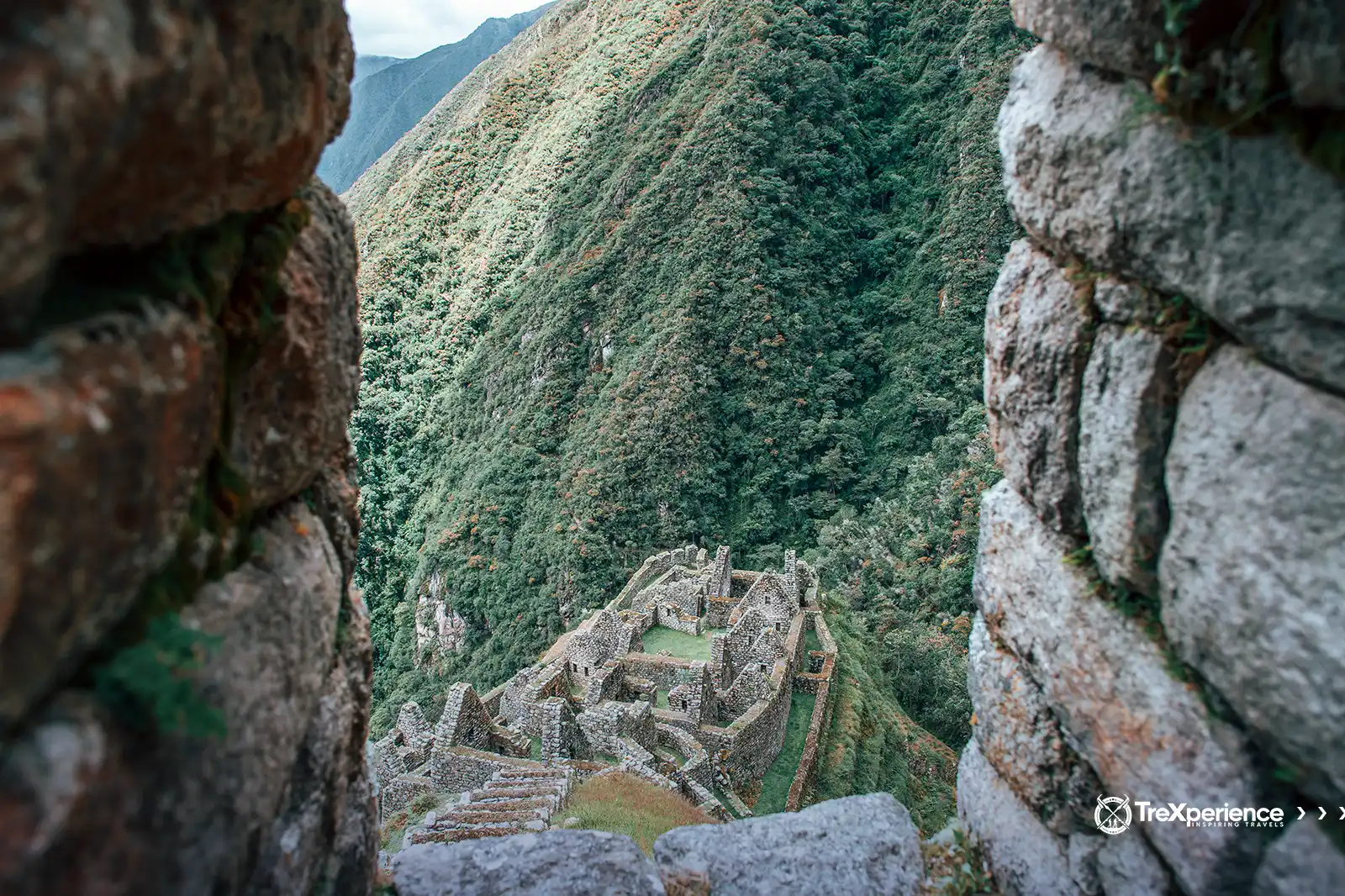
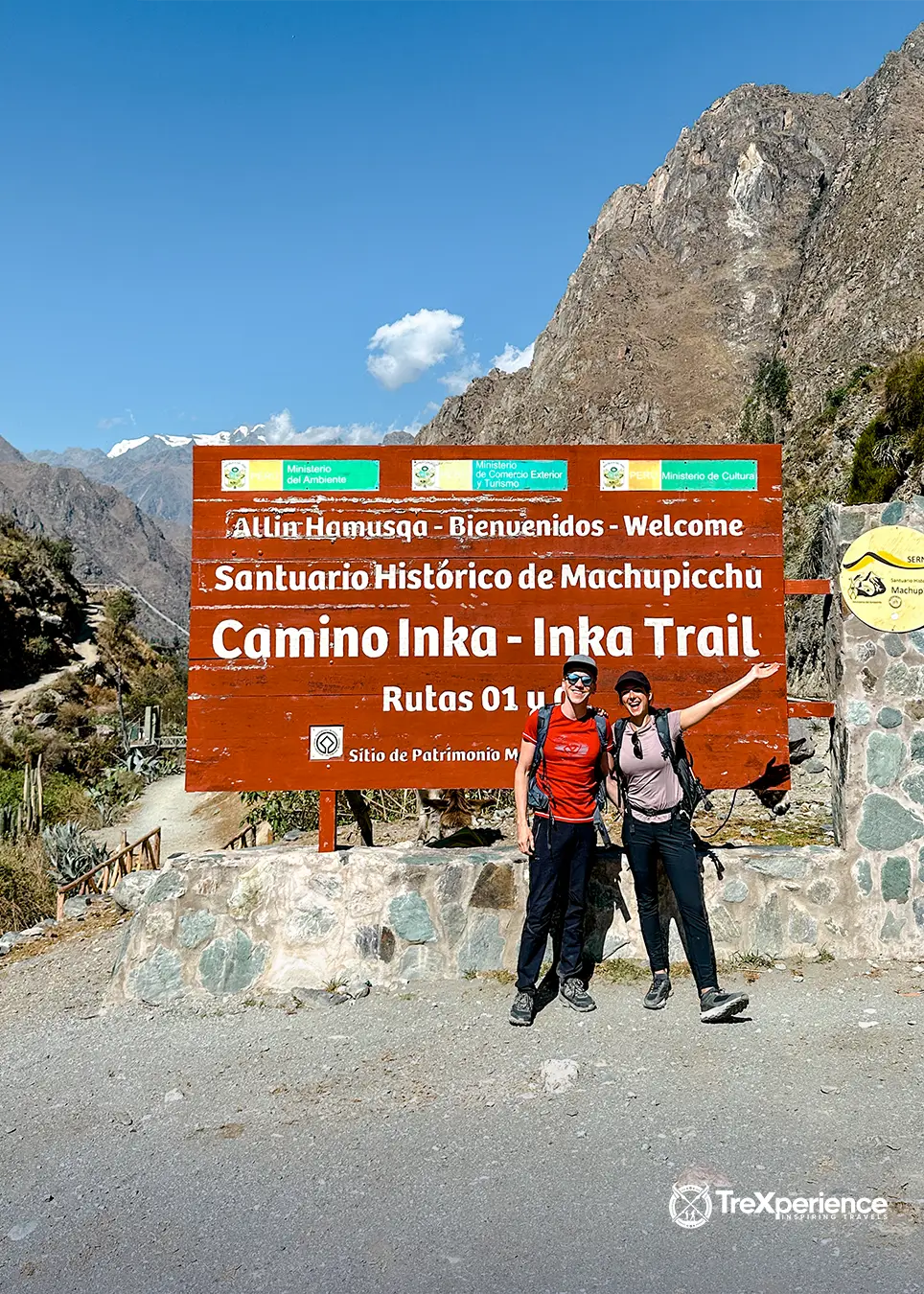
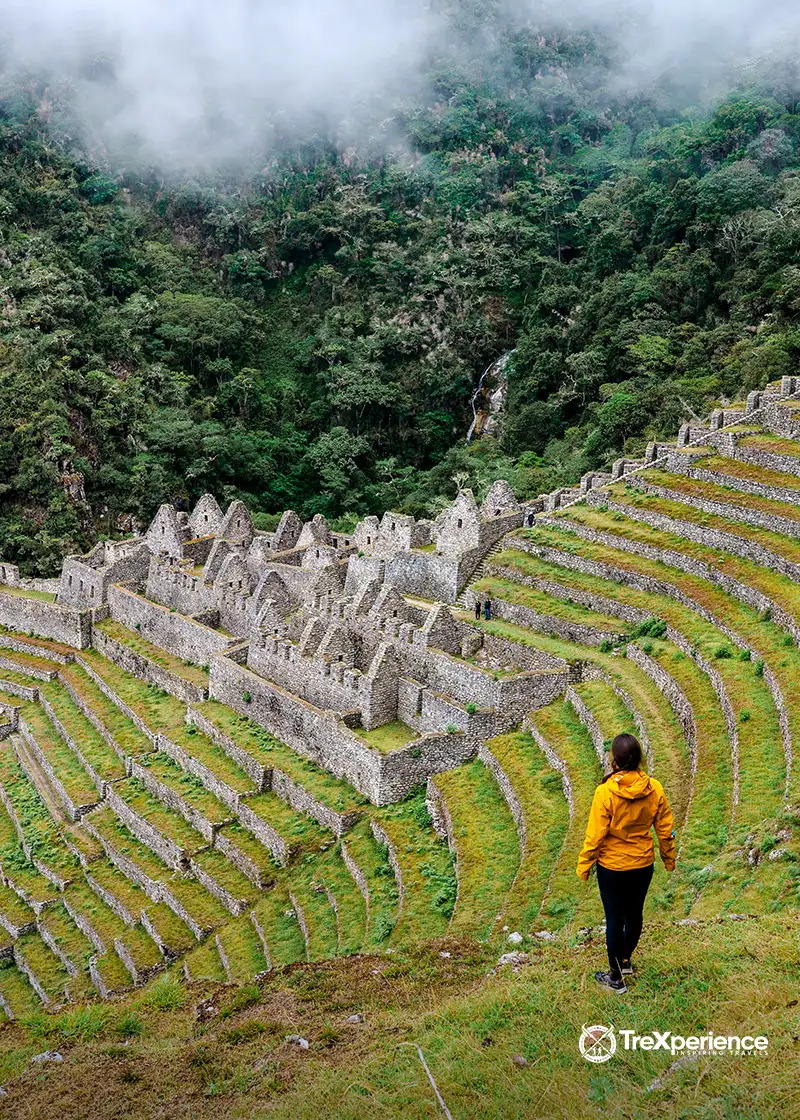
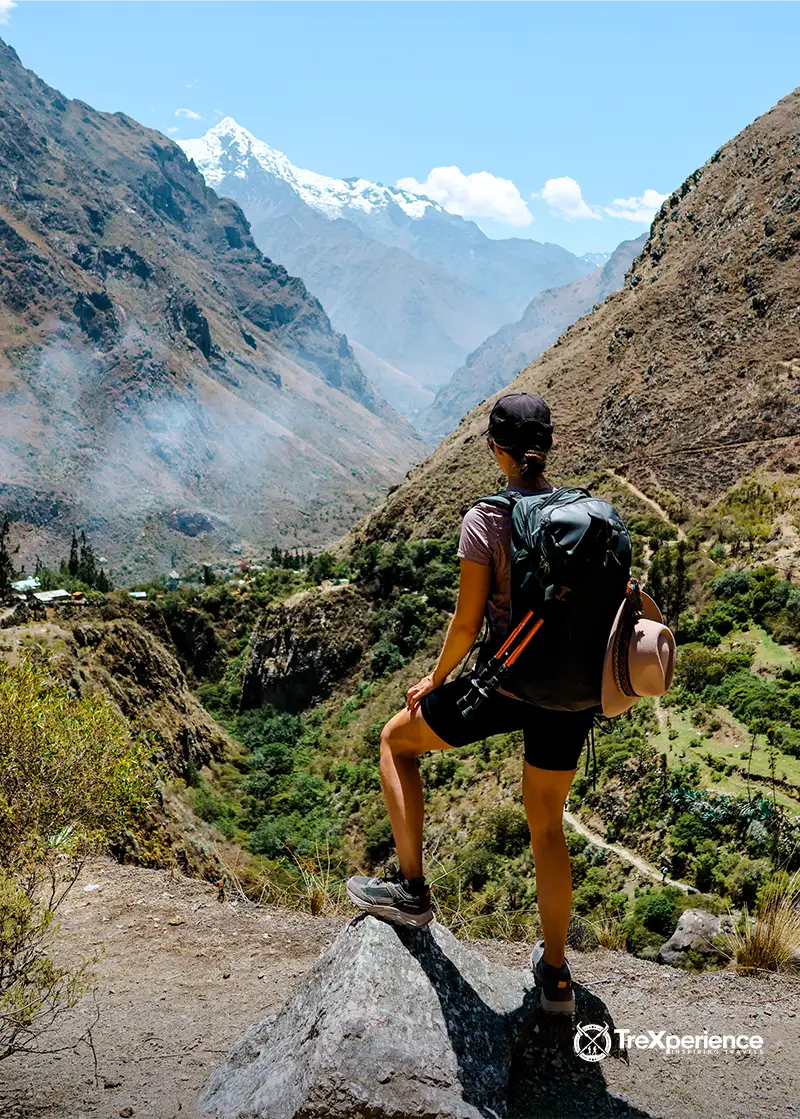

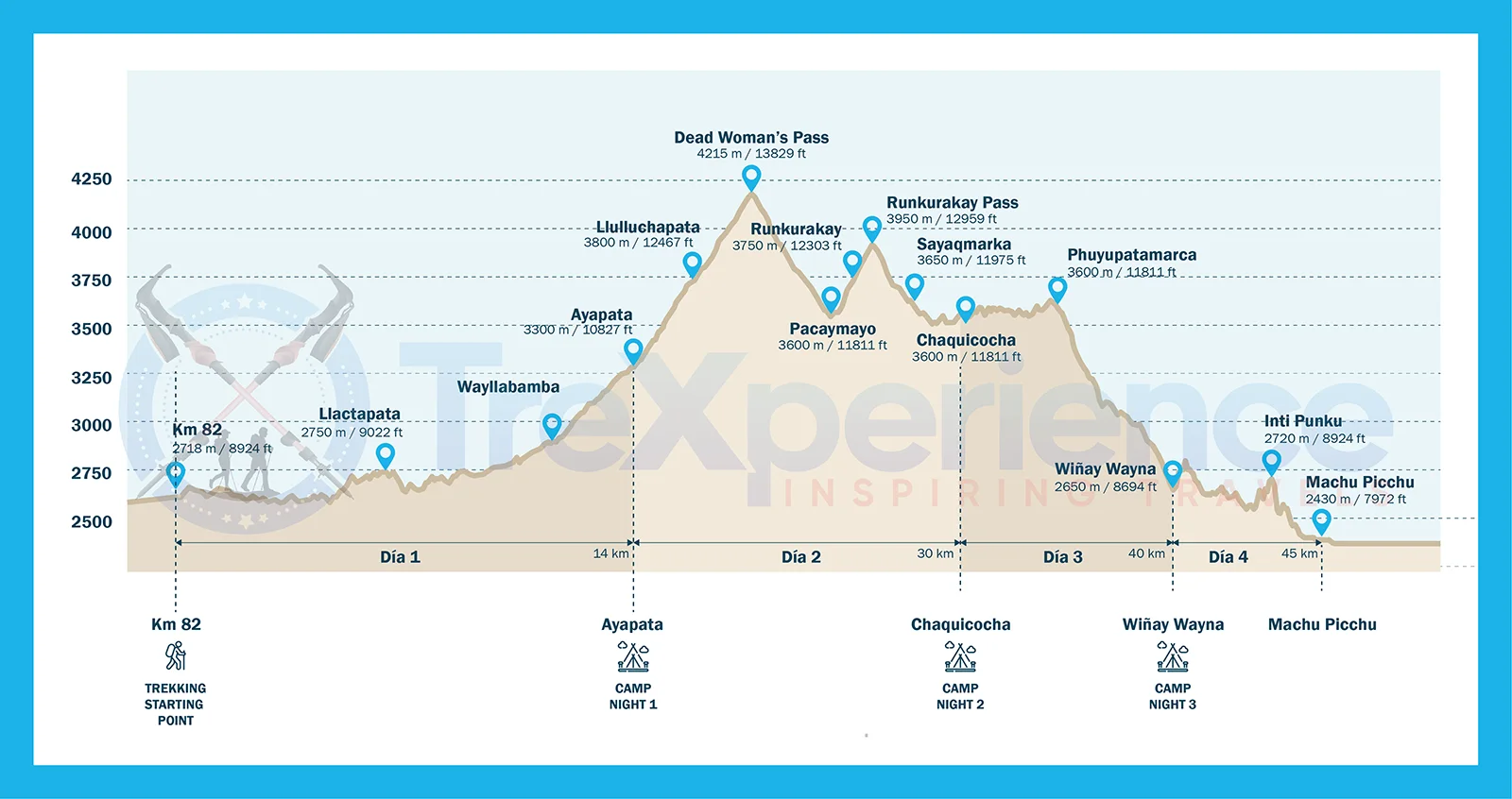
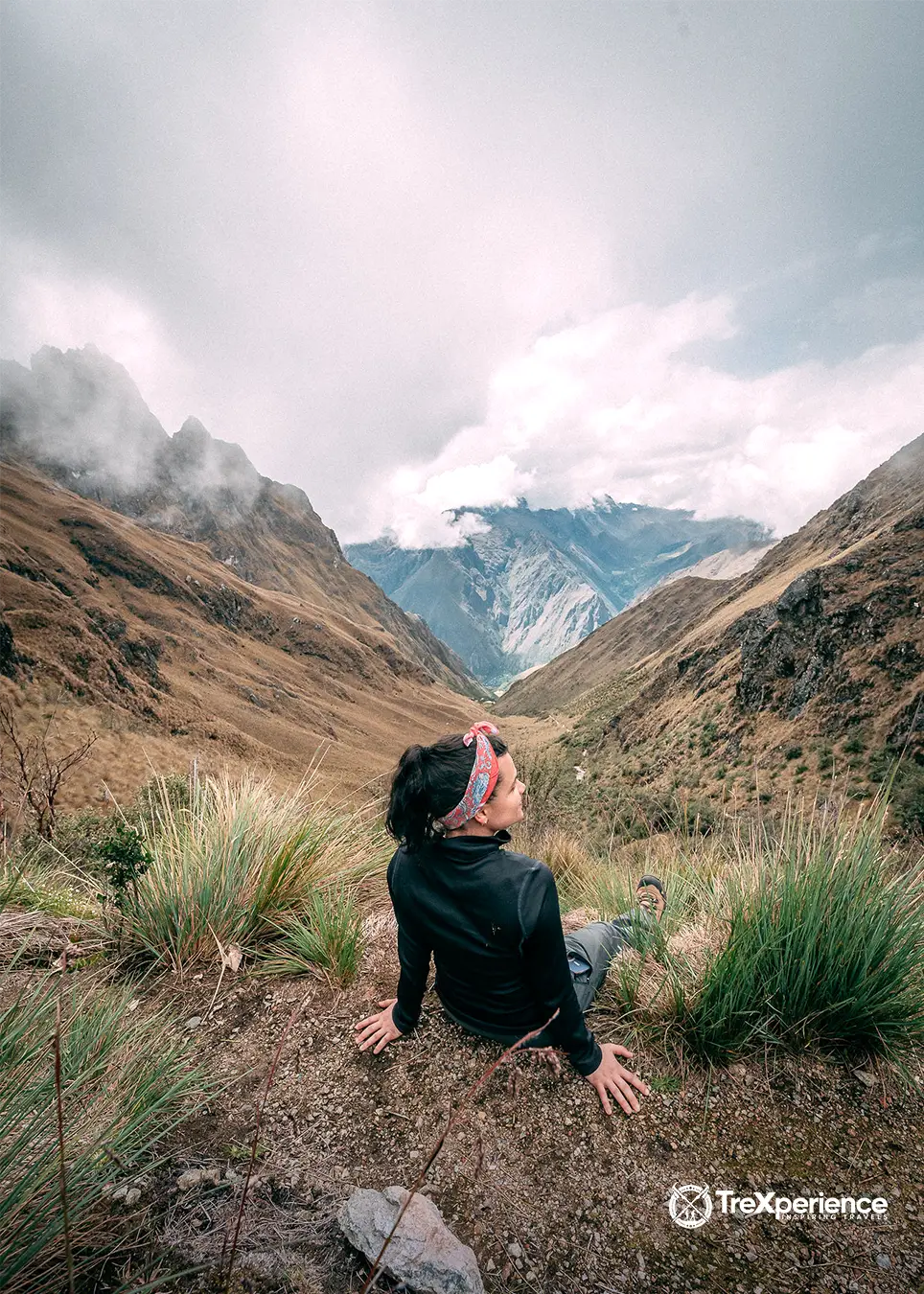
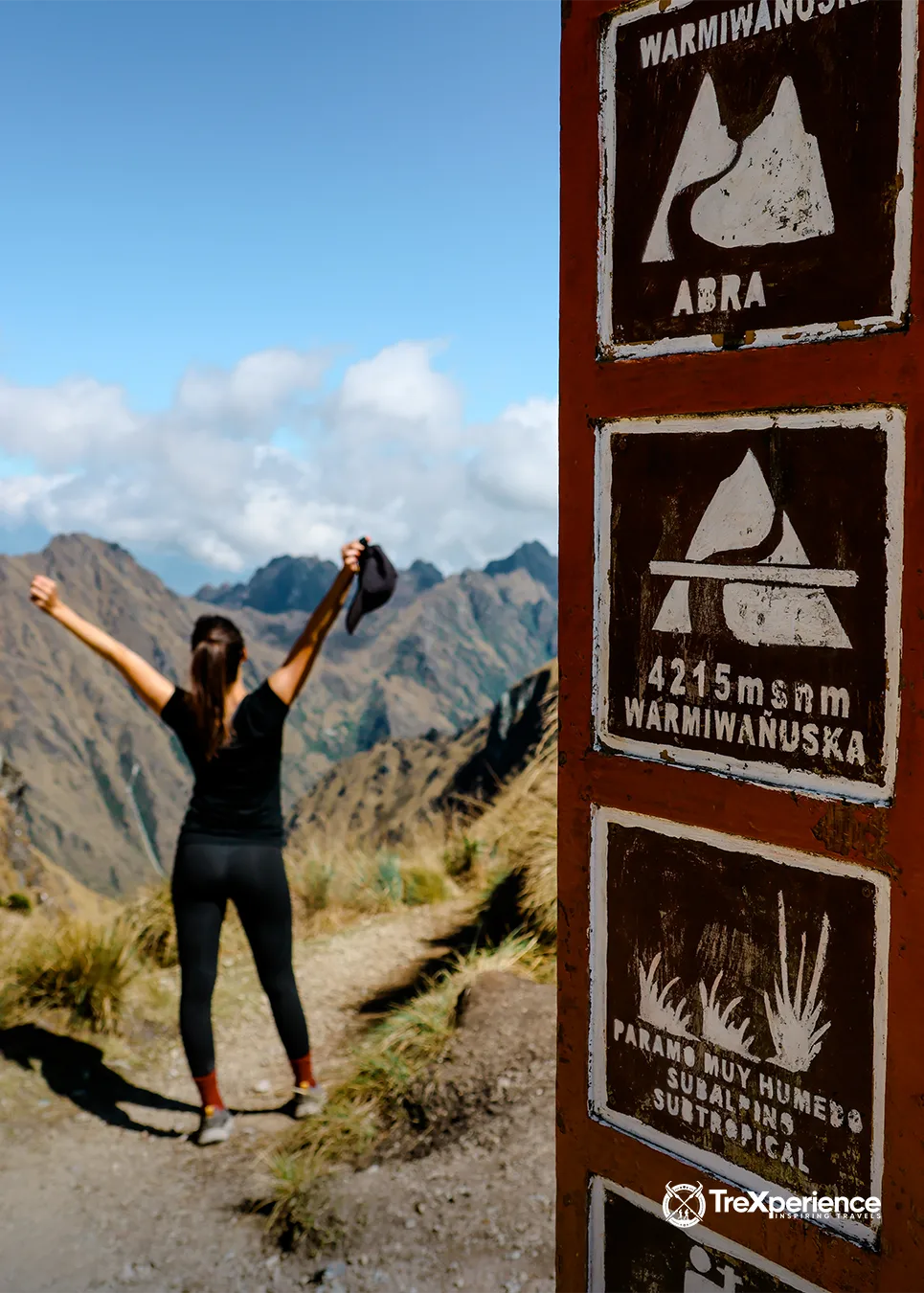

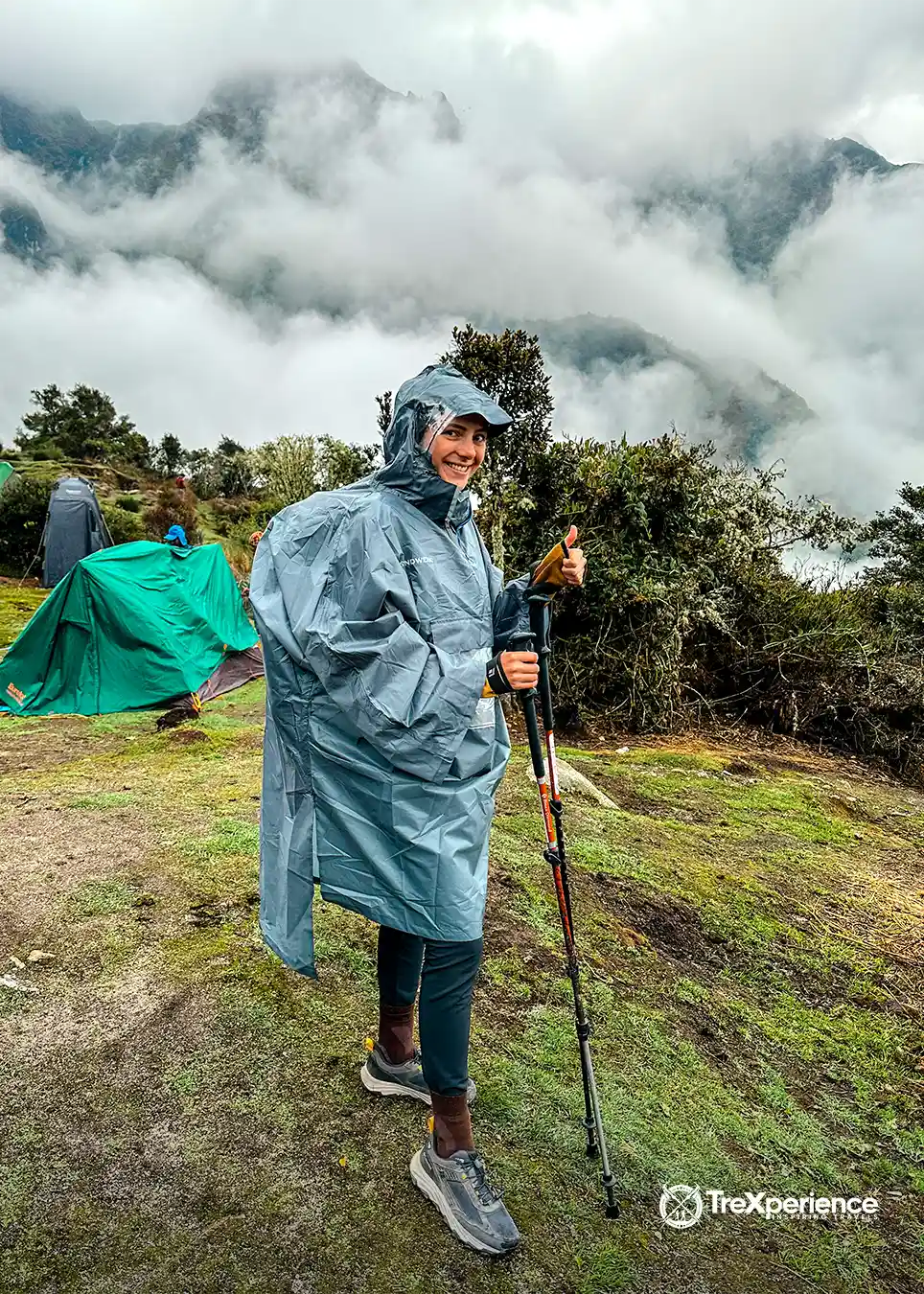
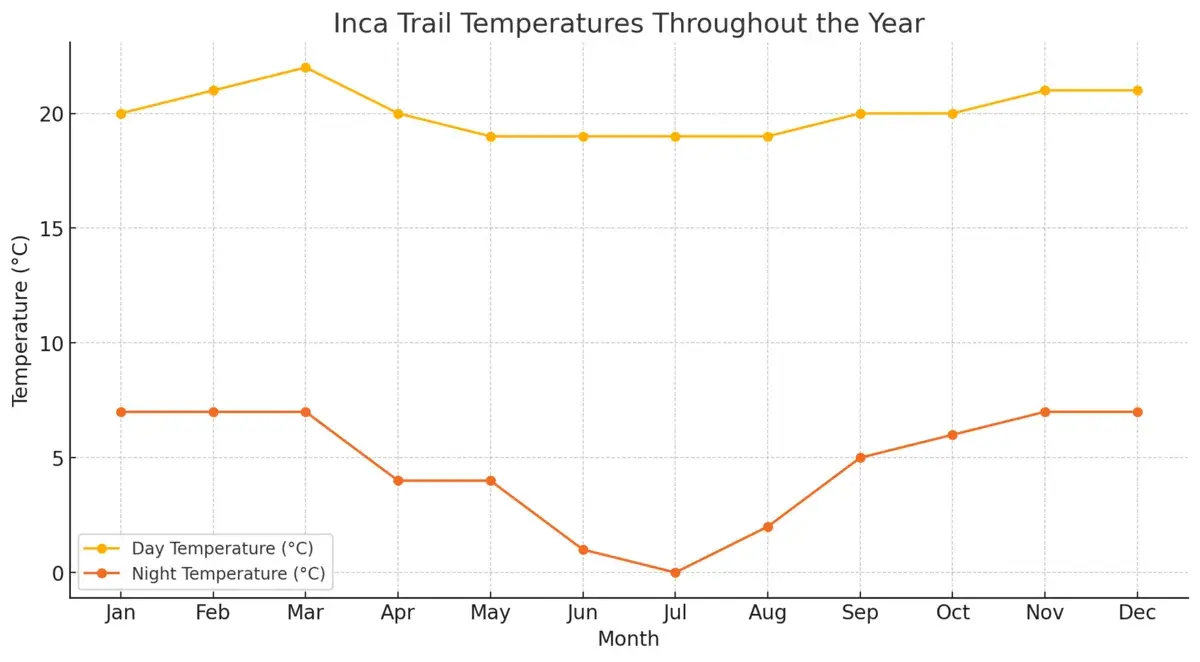
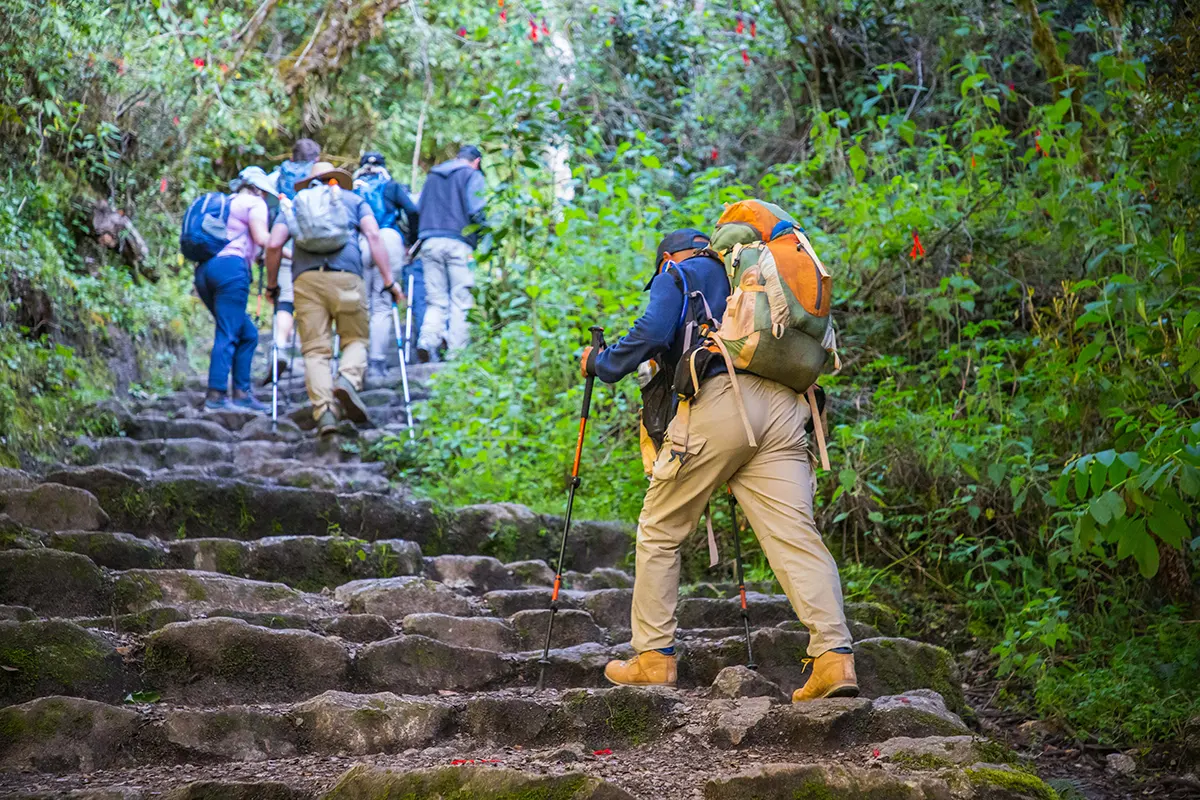
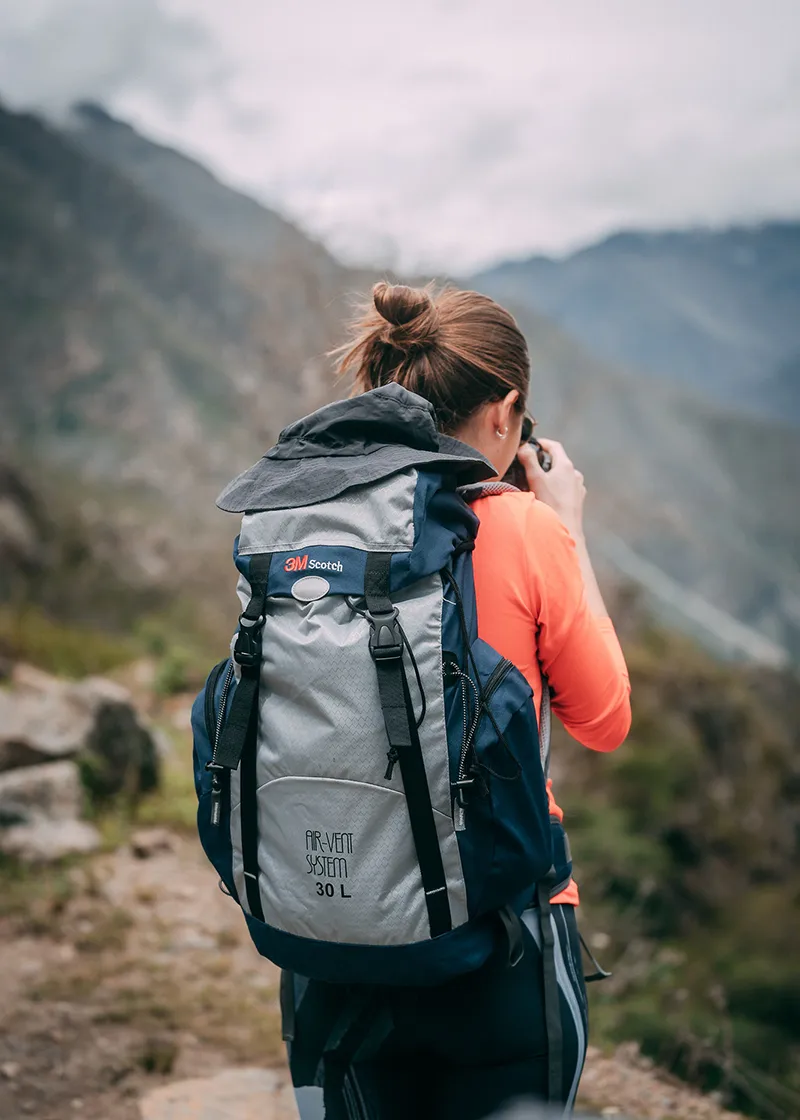

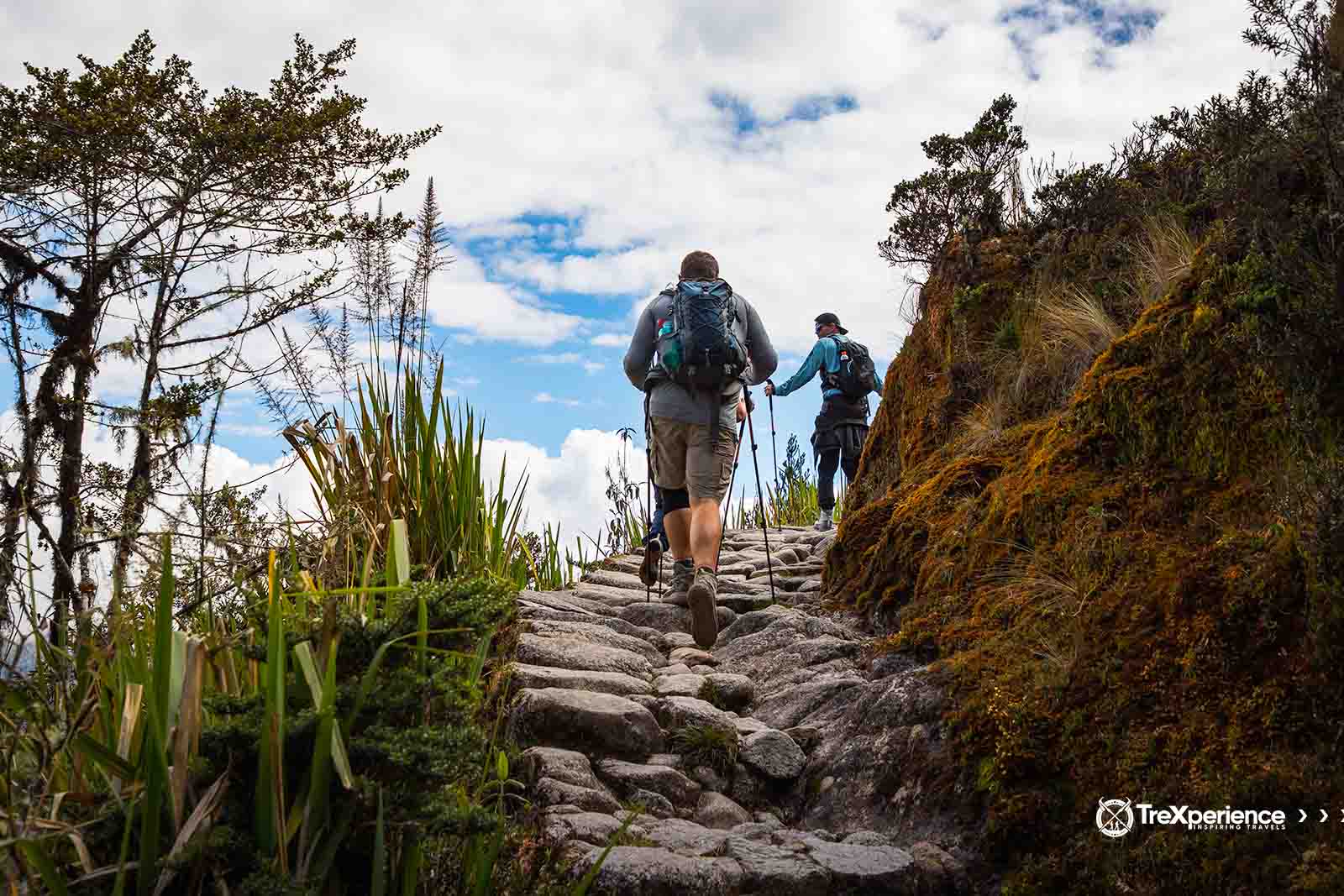
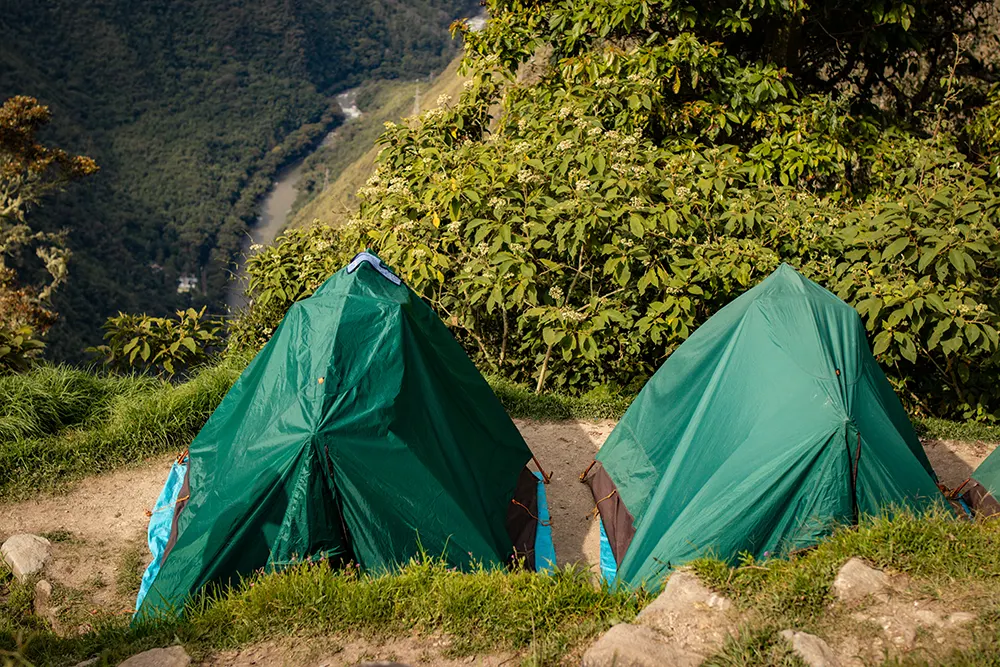
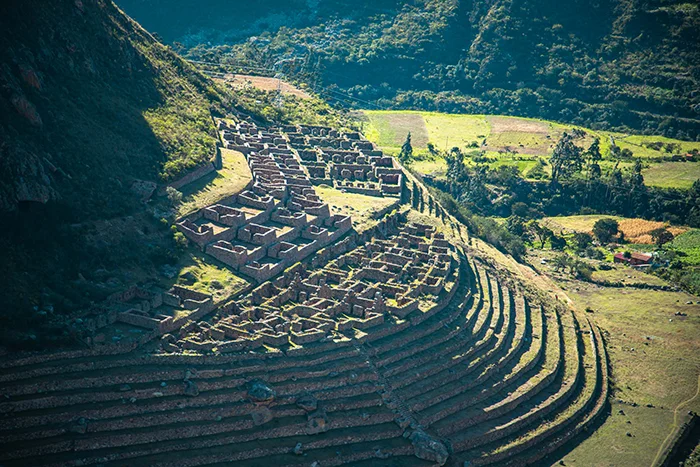
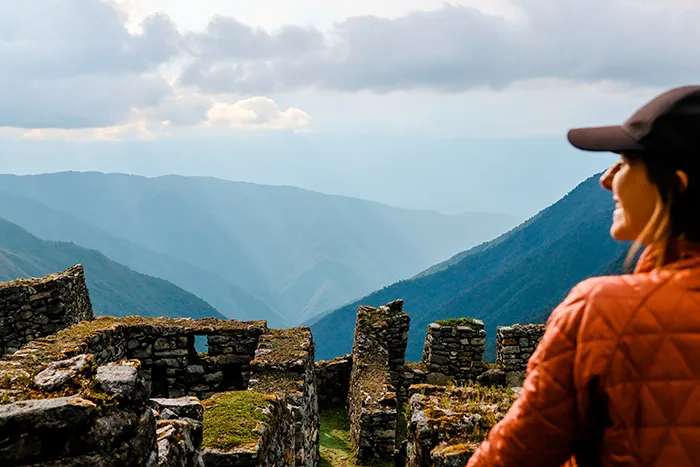
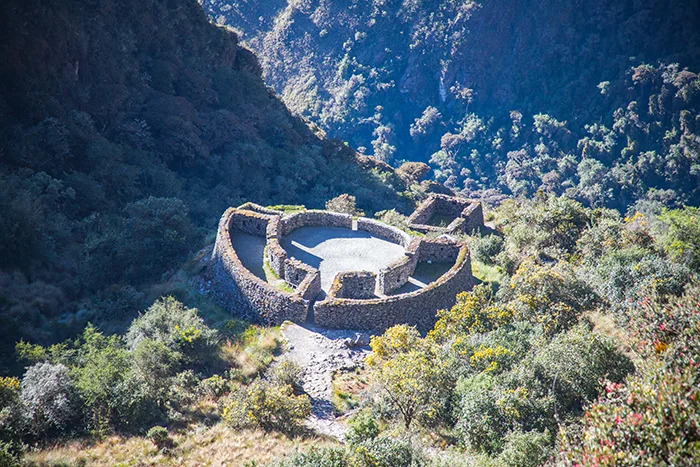
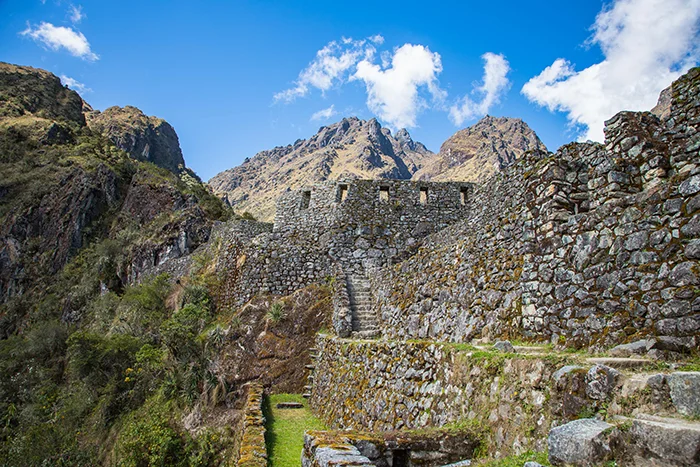
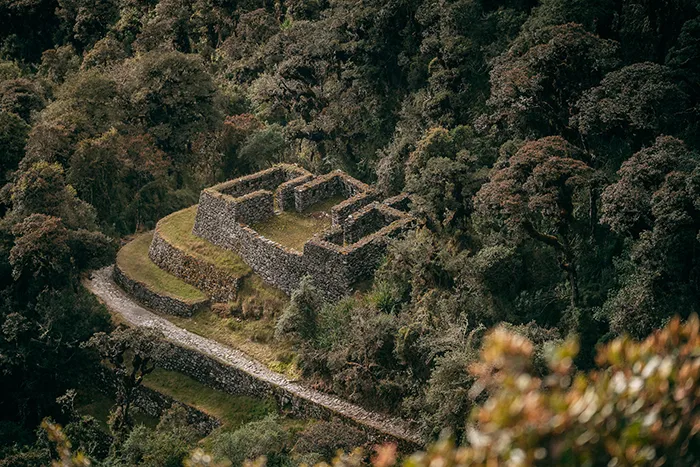
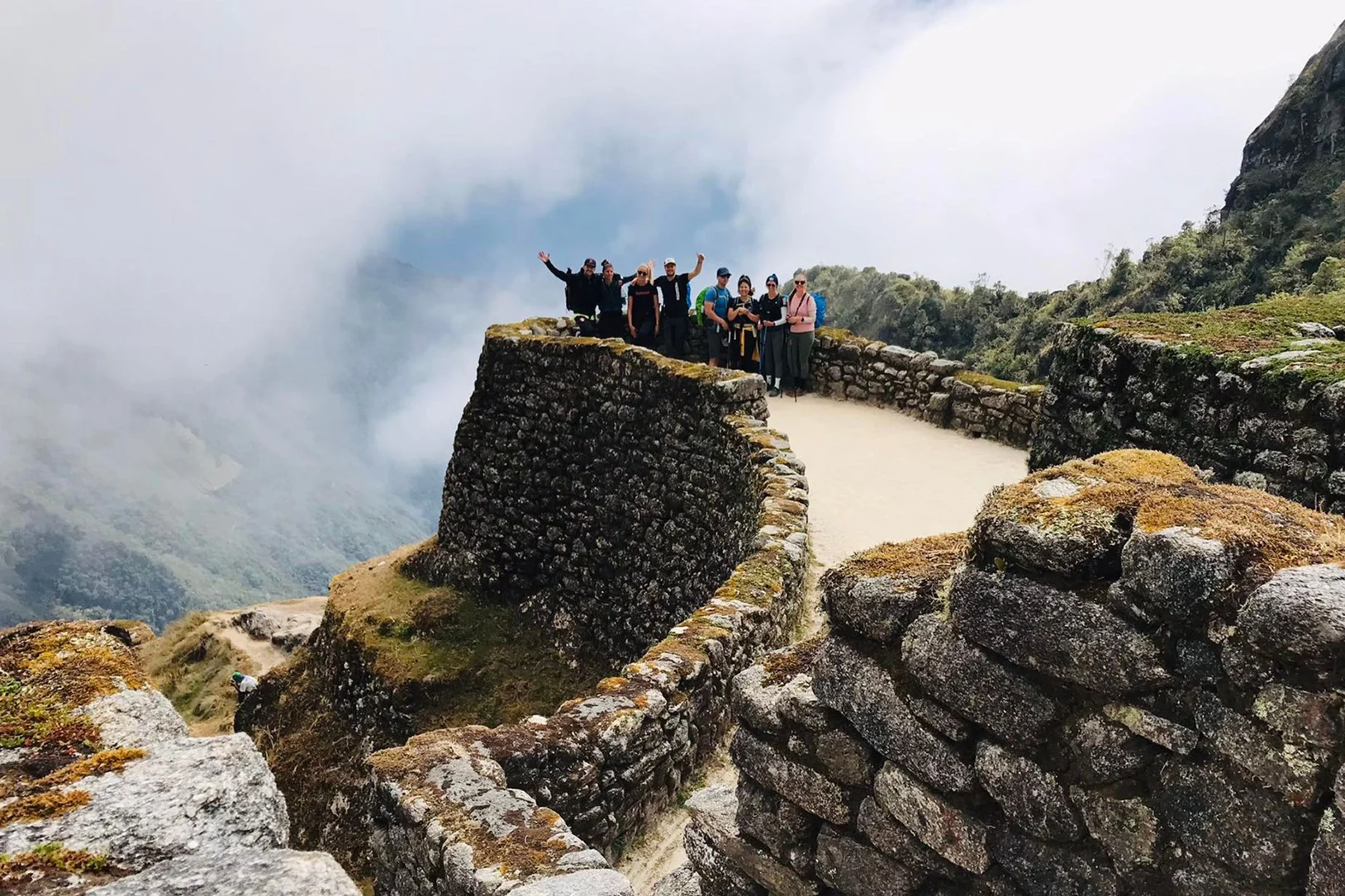
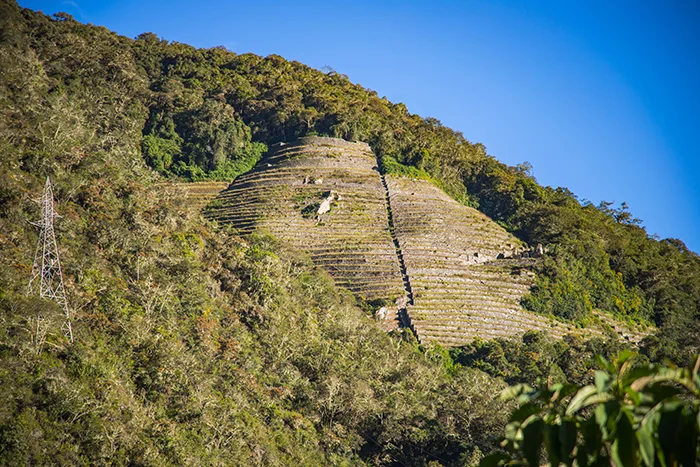
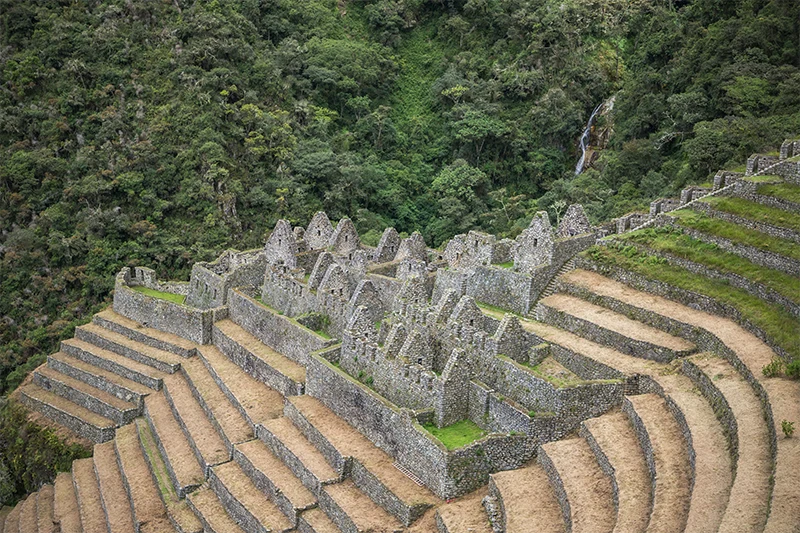
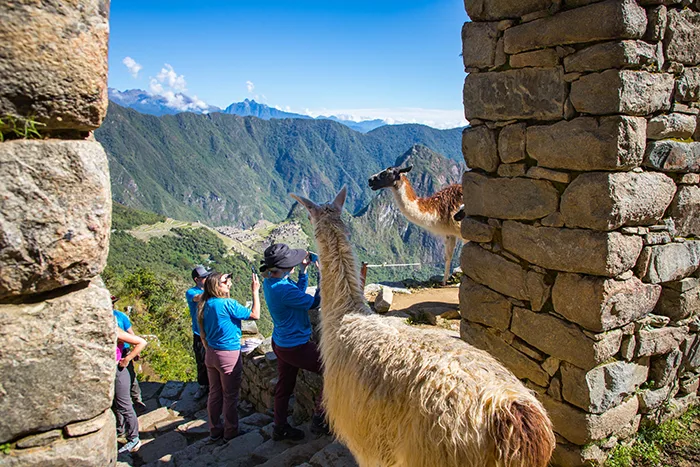
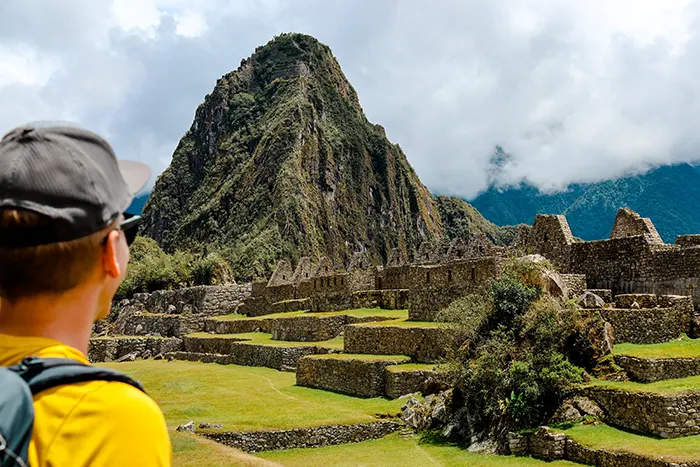
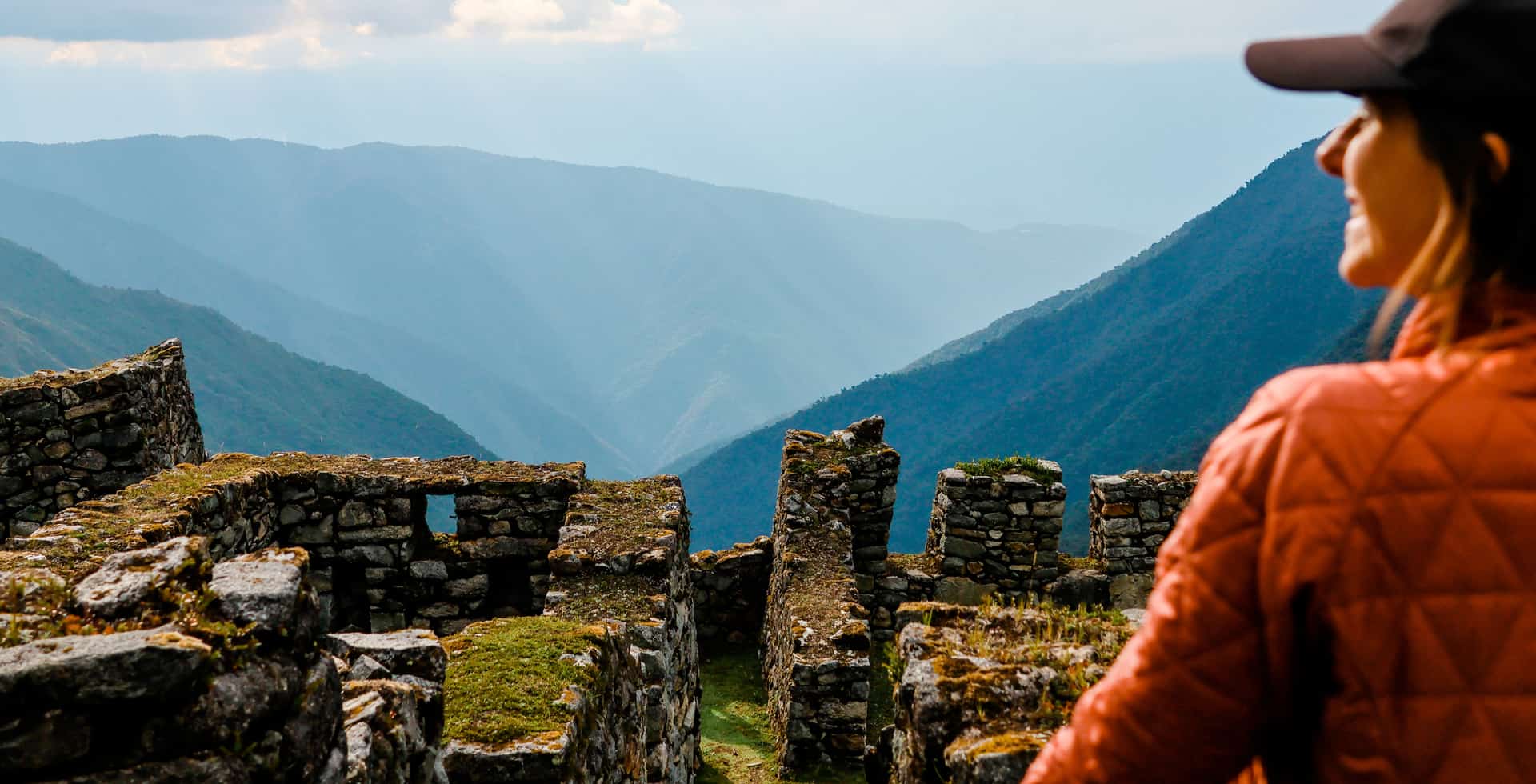
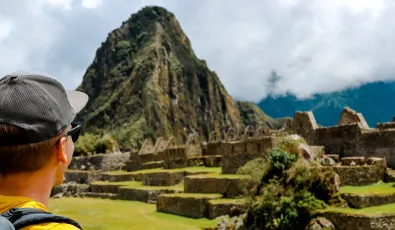
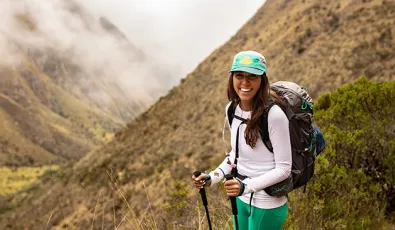
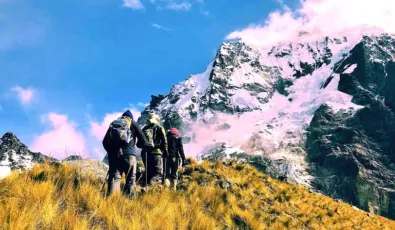
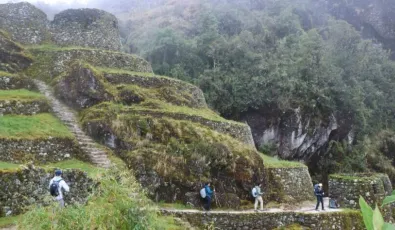

Añadir nuevo comentario